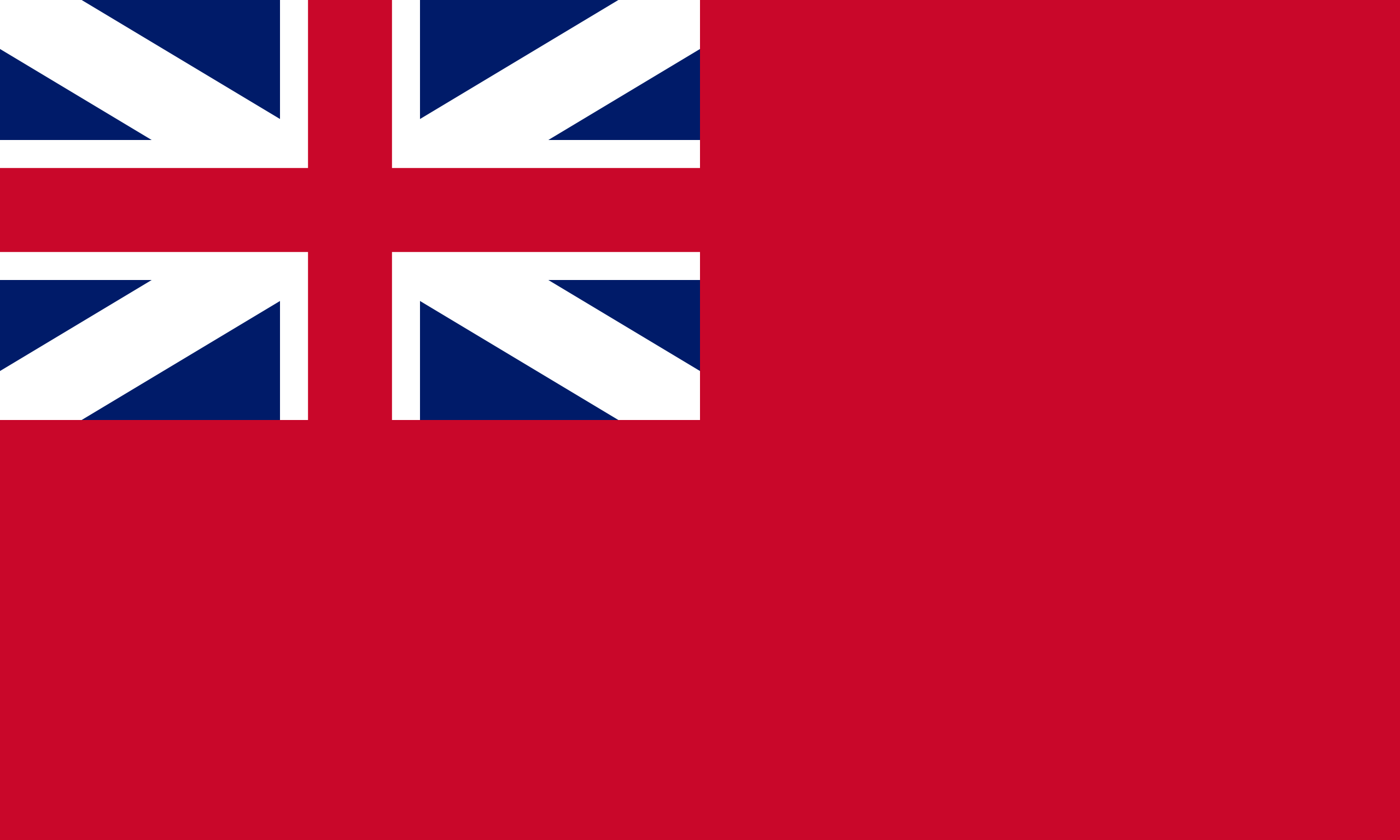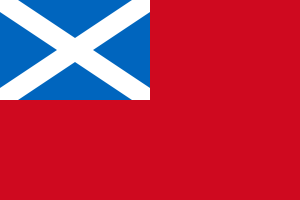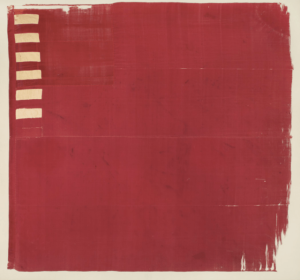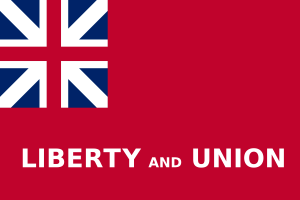Contents

Contents
The British Red Ensign, also known as the Meteor Flag of Old England or the Red Duster, was flown by British troops during the American Revolution.
Most known for its use in the navy, this flag is still used today as a civil ensign, meaning it is used by British civilian ships to denote their nationality.
Design and origin
The British Red Ensign was commissioned in 1707 by Queen Anne for use on British merchant ships.
It is red, with a 1:2 ratio, and the Union Flag of Britain located in the canton (the top left quarter of the flag).
The British Red Ensign came about as a result of the Acts of Union, which formally united England and Scotland to create the United Kingdom.
Previously, each country used its own flag – the English Red Ensign and Scottish Red Ensign, which featured the St. George’s Cross and the St. Andrew’s Cross respectively.


The two nations merged their ensigns to create the Union Flag or British Red Ensign, which was then used from 1707 onwards.
Northern Ireland did not join the union until 1801, which is why the original British Red Ensign has an older version of the Union Flag, without the additional red stripes of the St. Patrick’s Cross used to represent Northern Ireland.

Usage
Before the American Revolution, the British Red Ensign was flown by ships of the Thirteen Colonies in the Americas, and it was the official flag of the Colony of Massachusetts.
When the war started, Minutemen of Massachusetts cut off the Union Flag and used its white fabric to make horizontal stripes, one for each of the Thirteen Colonies, thereby creating the Forster Flag.

Various other versions of this flag were adopted by Americans to express their discontent with the British government. For example, the Taunton Flag designed by the Sons of Liberty, features the Red Ensign with the text “LIBERTY AND UNION”, and a version is still used by the city of Taunton, MA to this day.

The Red Ensign was used by the British throughout the Revolutionary War, especially in the navy. It was the flag under which General Cornwallis surrendered at the Battle of Yorktown on October 19, 1781, signaling the end of the American Revolution.
After the war, the British continued to use this flag in conflicts such as the French and Indian War (1754-1763) as well as in the Merchant Navy in World War 1 and World War 2.
Today, the Red Ensign is used by British merchant and passenger ships to denote their nationality. Military ships use the Blue Ensign.

Versions of the Red Ensign are still used today by former colonies of the United Kingdom, such as Bermuda.
Historical significance
The Red Ensign is hugely significant in British naval and military history, having been used in many of the nation’s most significant conflicts for more than 300 years. It represents the huge amount of maritime power that Great Britain had during the British Empire, under the united forces of England and Scotland, and later Northern Ireland.
In addition, some of the earliest flags of the Patriots and Continental Army originate from defacements made to the British Red Ensign. The alterations to the British Red Ensign by American colonial forces evidenced their growing defiance against British rule, marking a key step in the development of distinct American symbolism during the Revolutionary period.

